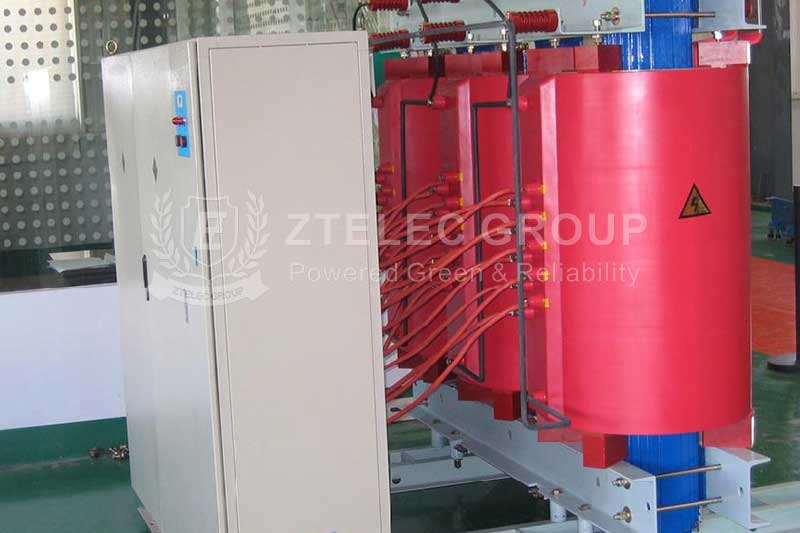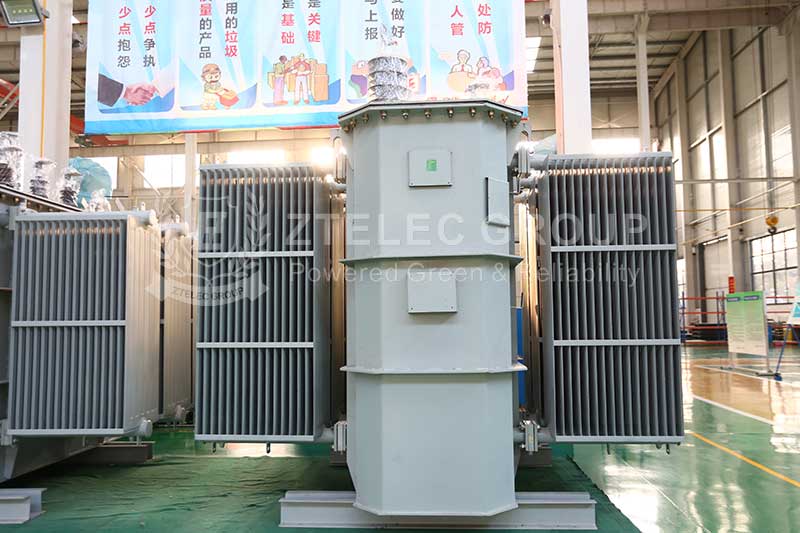What are the different types of transformers?
There are multiple transformer types available that can be utilized for countless different applications across a wide range of industries. This includes sensitive electronic equipment, heavy-duty industrial machinery, and low and high voltage requirements. Understanding the different transformer types is paramount to knowing which transformer will work best for your specific applications.

1. Classification by use
Power transformer:
It is mainly used in the power system to realize the transmission, distribution and voltage transformation of electric energy.
Including step-up transformer and step-down transformer.
Special transformer:
Including rectifier transformer, electric furnace transformer, welding transformer, instrument transformer (such as voltage transformer, current transformer) and so on.
These transformers are designed for specific applications with special properties and structures.
2. Classification by structure
Core transformer:
The iron core is the core of the transformer, and the winding is wound around the iron core.
The core is stacked with silicon steel sheets to reduce eddy current losses.
Shell type transformer:
The iron core is outside the winding, which is enclosed in an iron shell.
This structure has a high mechanical strength, but the heat dissipation performance is poor.

3. Classification by winding form
Double winding transformer:
Each phase has only one high voltage winding and one low voltage winding.
It is the most common type of transformer.
Three-winding transformer:
Each phase has three windings that can provide different voltage levels.
Suitable for power systems requiring multiple voltage levels.
Autotransformer:
There is only one winding, and the voltage is changed by tapping.
It has the advantages of small size, light weight and low cost.
4. Classification by the cooling method
Oil-immersed transformer:
The windings are immersed in insulating oil and cooled by circulating the oil.
Good heat dissipation effect, suitable for large capacity transformer.
Dry type transformer:
The windings are exposed to air and cooled by natural convection or forced ventilation.
It is suitable for fire and explosion-proof places.
5. Classification by voltage level
High voltage transformer:
Transformers with a rated voltage higher than 35kV.
It is mainly used for transmission and distribution of power systems.
Medium voltage transformer:
Transformers with a rated voltage between 6kV and 35kV.
It is commonly used in urban power grids and industrial power grids.
Low voltage transformer:
Transformers with a rated voltage below 6kV.
It is mainly used in power distribution system and electrical equipment.
6. Classification by other characteristics
Fully sealed transformer:
The transformer body and the oil tank are fully sealed, and the oil tank is filled with insulating oil.
Suitable for places where gas leakage and water intrusion need to be prevented.
Amorphous alloy transformer:
The core of the transformer is made of amorphous alloy material, which has the characteristics of low loss and high efficiency.
Suitable for energy saving power system and grid transformation.
On-load regulating transformer:
A transformer that adjusts the output voltage under load conditions.
Suitable for power systems requiring frequent voltage adjustment.
If you’re still trying to determine which type of transformer would be best for your project, please reach out to us, and we’ll work with you to find the best solution for your particular application. Contact one of our sales representatives today for a quote on the transformer that will best meet your needs.
- more+releated article
- 2025-12-13How to Select and Use Phenolic Cloth-base Lami
- 2025-12-13How Much Does Bakelite Sheet Cost? 2025 Price
- 2025-12-13Why are most 3240 epoxy boards yellow?
- 2025-12-13What are the Main Applications of FR4 Epoxy Bo
- 2025-12-13Why Does the Price of Insulating Paperboard Va
- 2025-12-13Heat-Resistant DDP Insulation Paper
- 2025-12-13Comparison of Heat-Resistant DDP Insulating Pa
- 2025-12-13G10 and FR4 Epoxy Boards: Commonly Used for Ge
- 2025-12-13The Price of Heat-Resistant DDP Insulation Pap
- 2025-12-13How to Choose Epoxy Laminate Materials for Gen





